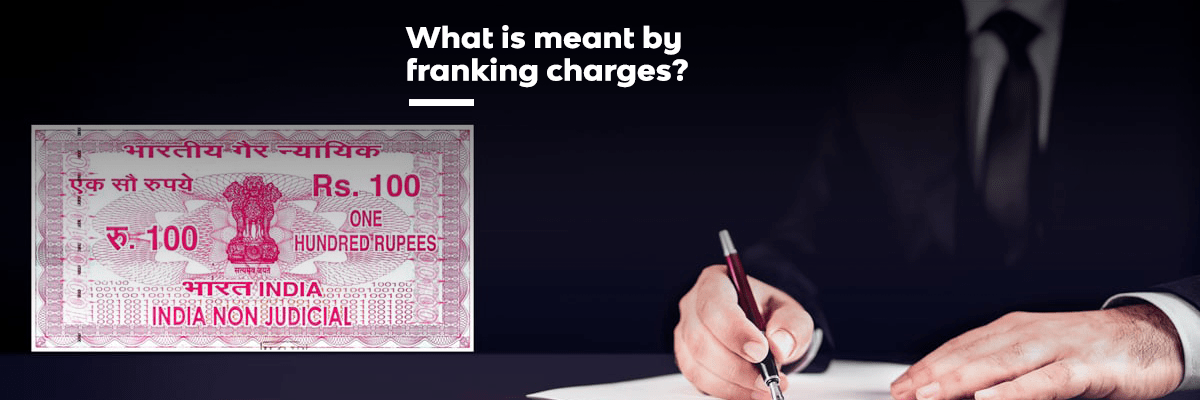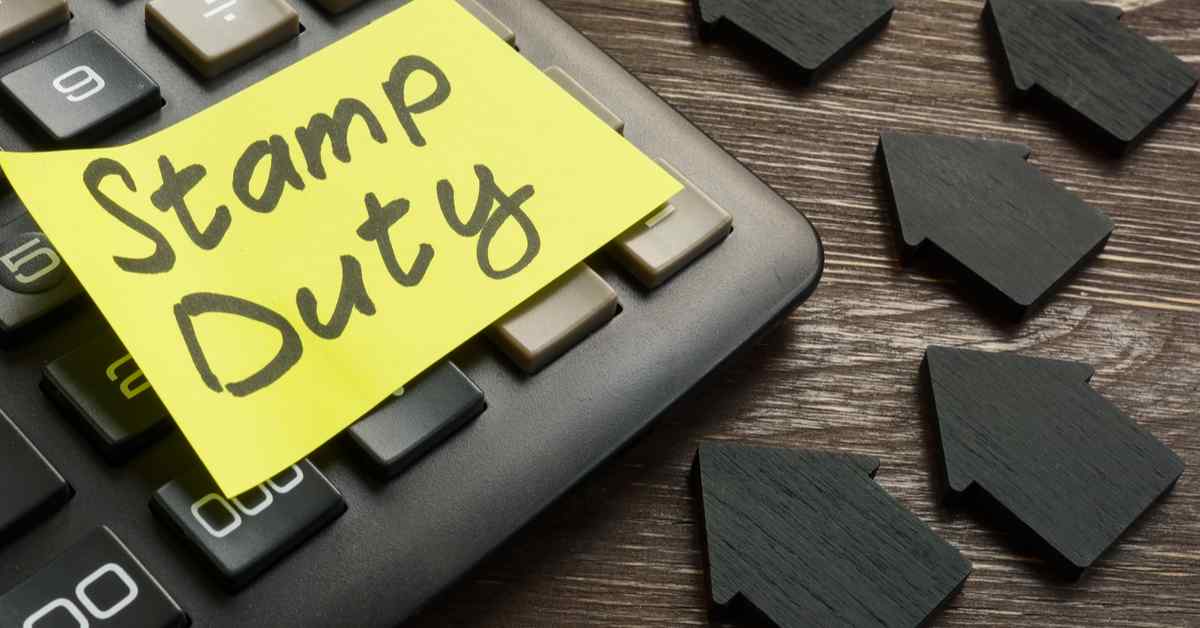Table of Contents
Quality Service Guarantee Or Painting Free

Get a rental agreement with doorstep delivery

Find the BEST deals and get unbelievable DISCOUNTS directly from builders!

5-Star rated painters, premium paints and services at the BEST PRICES!
Loved what you read? Share it with others!


Submit the Form to Unlock the Best Deals Today
Check Your Eligibility Instantly

Experience The NoBrokerHood Difference!
Set up a demo for the entire community

Tenant Super Relax Plan
Enjoy Hassle-Free Renting
 Full RM + FRM support
Full RM + FRM support Instant alerts & premium filters
Instant alerts & premium filters Rent negotiation & relocation help
Rent negotiation & relocation helpCancellation of Sale Deed: How It Works?
Table of Contents
Real estate transactions can run into legal issues sometimes after registration. A key concern involves seeking cancellation of the sale deed under valid reasons like fraud. While this process aims to undo wrongs, it must comply with set procedures. This blog demystifies various aspects of cancelling a registered property sale in India. This blog will answer the question, "Can the sale deed be cancelled?". It examines grounds, limitation timelines, authority approvals required and more. Knowing your rights and obligations upfront helps. Read on to understand this complex area of property law better.
Critical Components of a Sale Deed
A sale deed is a legal document used to transfer a property's ownership from the seller to the buyer. It contains essential details about the property transaction that legally binds the sale. Here are some of the critical components that are typically present in a sale deed:
- Date - The sale deed will mention the date the property is being transferred. This helps determine the legal ownership timeline.
- Names of parties involved - The names of the seller and buyer are clearly stated. It also lists their addresses and identification details, like their father's name.
- Property Details - Here, the address of the sold property is given. It also describes the boundaries, area and any common areas. Features like constructed area and number of floors are added.
- Consideration amount records the total sale value or price the buyer has agreed to pay for the property. Sometimes, only a part of it is received upfront, with the balance as instalments.
- Payment terms - If the total amount has yet to be paid in advance, the deed specifies the payment terms like amount, due date and interest payable on delays. It safeguards the seller legally.
- Rights and liabilities - The deed clarifies what rights over the property are being transferred and any ongoing liabilities the buyer accepts. It could include responsibilities like maintenance.
- Stamp duty - As per state law, the required stamp duty is paid for legally registering the document. The sale must be registered.
- Signatures - Both seller and buyer append their signatures before witnesses and registration is done with the sub-registrar office.
As per state laws, these core details are needed to make the sale deed a necessary legal proof of property sale and ownership transfer.
Quality Service Guarantee Or Painting Free

Get a rental agreement with doorstep delivery

Find the BEST deals and get unbelievable DISCOUNTS directly from builders!

5-Star rated painters, premium paints and services at the BEST PRICES!
Grounds for Cancellation of Sale Deed
There can be several legitimate reasons for a sale deed to be cancelled after its initial registration. Some of the common grounds include:
- Fraud - If the seller has tampered with important property details or knowingly withheld crucial information to induce the sale, the buyer can cite fraud.
- Misrepresentation - Any misleading claims made about the property condition, documents or legal status can allow cancellation on the grounds of misrepresentation.
- Mistake - Cases of mistaken identity of property, non-disclosure of encumbrances or incorrect measurement documentation due to inadvertent errors provide scope to cancel the registration.
- Non-fulfilment of obligations - Failure of the seller or buyer to honor financial or other commitments made in the deed, like regular payments, timely possession or standard area maintenance, can lead to cancellation.
- Legal defects - Issues like a cloud over the seller's ownership title, illegal construction or lack of proper procedure followed during transfer can affect the legality of the deed.
- Force or undue influence - If consent was obtained from anyone under threat or unfair means like pressure, harassment or fraud, the deed may not stand in court.
The grounds above need to be proved suitably, like through document evidence or witness accounts, for the competent civil court to examine and declare the sale deed legally nullified or cancelled to protect the aggrieved party's interests.
Recommended Reading

Franking Charges Explained: Meaning and Benefits
January 31, 2025
1103807+ views

Revenue Stamp in India: Meaning, Types, Uses, Legal Value & Where to Buy in 2025
January 31, 2025
96944+ views

Rectification Deed Format and Process in India 2025
June 1, 2025
76249+ views

How to Get a Stay Order in India: Step-by-Step Legal Process in 2025
May 31, 2025
65951+ views

What is the Difference Between Movable and Immovable Property?
May 1, 2025
59687+ views
How to File a Suit for Cancellation of Sale Deed?
To get a sale deed cancelled legally, the dissatisfied party needs to file an appropriate civil suit before the relevant court of jurisdiction. It is typically a court of civil or district judge level, depending on the property value. In the suit petition, the plaintiff clearly states their grounds for seeking cancellation, such as fraud, misrepresentation, etc. All relevant documents and evidence are submitted. The court then issues a notice to the defendant for a written statement on the claims. If required, witnesses may be summoned at a later stage for cross-examination.
Both parties present their arguments through lawyers during the hearings. The onus remains on the plaintiff to conclusively prove their case for cancellation. If the court is convinced that the grounds are bona fide as per law, an appropriate order declaring the sale deed 'null and void' is passed. A fresh registration is cancelled. Otherwise, the suit is dismissed if the allegations seem fabricated. The property ownership remains with the existing owner.
Procedure for Cancellation of Registered Sale Deed
Cancelling a sale deed is a complex legal process that needs to be followed carefully. The procedure for cancellation of the registered sale deed should be followed-
- The first step is for the person asking for cancellation to file a case in civil court. They will have to pay a fee based on the property value.
- Both sides will get a chance to explain their side to the judge. The court will review documents and decide if there is a valid reason for cancellation, like fraud or mistake. If correct, the court gives an order allowing cancellation.
- A copy of this court order goes to the registration office where the original sale deed was registered. Here, an official will note that the deed is cancelled in their records. They write the court order number and date. The old deed pages get stamped as "Cancelled".
- It updates all property records to show the changed ownership. Municipal records listing property owners are also revised. Other government agencies handling taxes or services need the new information.
- Once registration is done, the earlier sale is treated as invalid under the law. Before the cancelled sale, the owners can sign a fresh deed to legally transfer ownership back. Both sides must agree on this.
- If cancellation happens for non-payment, the court may order the party at fault to pay dues and compensation. Every benefit received due to the invalid deed must be reversed or paid for.
The detailed process exists to protect all legal rights and make official records match the court's decision. It aims to restore the original intent and status as per justice delivered. Proper documentation is crucial to avoid future disputes.
Court Fees for Cancellation of Sale Deed
A court fee must be paid upfront to file for a sale deed cancellation. It depends on the property value stated in the deed. The minimum fixed court fee is Rs. 19.50 under Article 17(iii) of the Second Schedule of the Act. Documents showing property value help decide the fee amount. After checking papers, the court's registry collects the fee. Only then is the cancellation case accepted and given a number. Without full payment, no hearing will be listed. Later, if the petition succeeds, the court can order the other side to pay the fee. However, the petitioner must first pay to access the legal process to try cancelling the property sale deed.
Limitation for Cancellation of Sale Deed
There is a time limit set for requesting cancellation of a sale deed. Per the Specific Relief Act 1963, a petition can be filed within three years only from the date the cancellation deed is registered. This timeframe regarding the limitation for cancellation of the sale deed is fixed by law. If more than three years have passed since registration, one cannot legally apply for cancellation. The court will reject such a late case immediately. The limitation period aims to provide all involved with a definite closure and certainty over property ownership. In cases of fraud or filing a lawsuit, as soon as fraud is discovered, the starting point is from awareness, not the deed registration date. Similarly, delay may be excused if any party could prove the other forcibly prevented them from approaching court for many years used.
Cancellation of a sale deed is a legal severe step with the involvement of courts and registration authorities. Utmost care is needed regarding compliance of processes and assembling documentation to convince the bench. Seeking expert advice from reliable sources like attorneys and NoBroker is highly recommended before filing any petition. NoBroker aims to educate all users transacting on its platform regarding property ownership nuances. Its legal assistance shields members from trouble.
If you need counselling on the cancellation of sale deeds or other real estate matters, NoBroker experts are available to help navigate this intricate domain of law.
Frequently Asked Questions
The common grounds for a cancellation deed are fraud, misrepresentation of material facts, execution by a minor, undue influence or coercion and the transaction being barred by law.
The registrar does not have inherent powers to cancel a registered sale deed. The cancellation can only be made based on an order from the civil court after examining the valid grounds.
One of the recent vital judgments is the 2021 case of Vidhyadhar v. Manik Rao (AIR 1999 SC 1441),where the SC discussed the limitation period and disability exceptions for the cancellation of a sale deed.
A declaration suit is filed seeking a court declaration that the sale transaction was void/voidable and not legally valid. It enables subsequent cancellation of the invalid sale deed based on the court declaration.
The Specific Relief Act 1963 and Registration Act 1908 mention the rules. A deed can only be cancelled within three years by proving the transaction to be voidable on grounds like fraud, minority, etc., to the civil court's satisfaction civil court's satisfaction.
Loved what you read? Share it with others!
Most Viewed Articles

Franking Charges Explained: Meaning and Benefits
January 31, 2025
1103807+ views

BBMP E-Khata Registration process for property owners in Bangalore, Karnataka in 2025
March 19, 2025
145603+ views

Supreme Court Verdict on Society Maintenance Charges
January 31, 2025
133225+ views

Revenue Stamp in India: Meaning, Types, Uses, Legal Value & Where to Buy in 2025
January 31, 2025
96944+ views

Stamp Duty and Registration Charges in Bangalore in 2025
January 23, 2025
93889+ views
Recent blogs in
Rectification Deed Charges in Andhra Pradesh: Fees, Stamp Duty, Documents & Process in 2025
June 20, 2025 by Kruthi
Rectification Deed Charges in Maharashtra: Registration, Fees, Documents and Stamp Duty in 2025
June 20, 2025 by Kruthi
Rectification Deed Charges in Telangana: Regiteration, Fees, Documents and Stamp Duty in 2025
June 20, 2025 by Kruthi




Join the conversation!